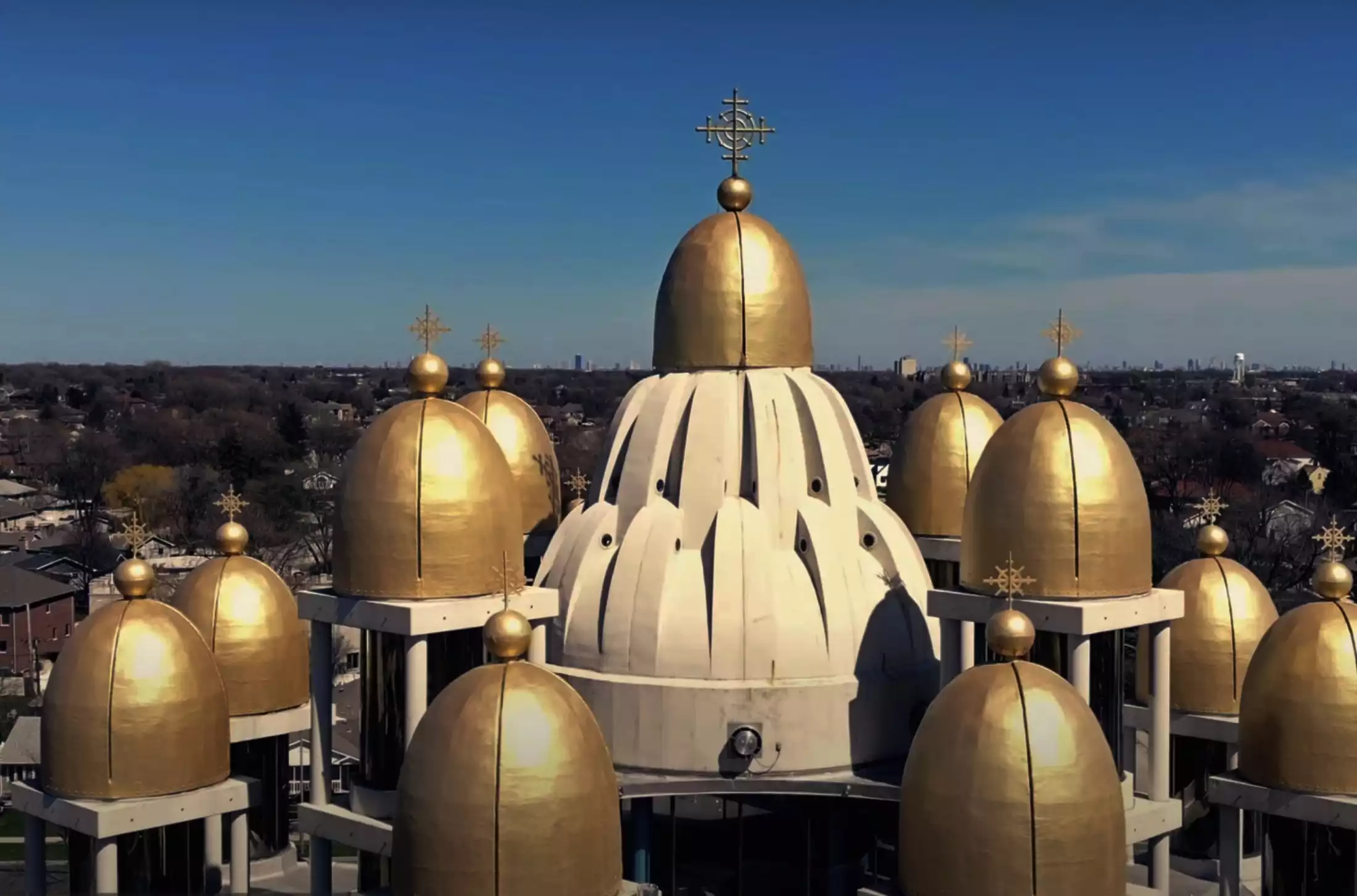
The Ukrainian Greek Catholic Church (UGCC) stands as a vibrant testament to the rich tapestry of Eastern Christianity. Rooted in Byzantine tradition, this Eastern Catholic Church uniquely embodies a blend of Orthodox and Catholic elements, a historical amalgamation that spans centuries. Historically, the UGCC originated from the Union of Brest in 1596, a pivotal moment where Orthodox bishops in the Polish-Lithuanian Commonwealth entered into communion with the Roman Catholic Church, retaining their Byzantine rites and traditions. This event marked a significant shift in the religious landscape of Eastern Europe, creating a church that was both Catholic in communion and Orthodox in liturgy.
The UGCC’s identity is deeply etched in its liturgical and spiritual practices, which echo the Byzantine tradition. Its liturgy, primarily the Divine Liturgy of St. John Chrysostom, is conducted in Church Slavonic or the vernacular Ukrainian, symbolizing its historical and cultural roots. The church’s theological underpinnings align with the broader Eastern Orthodox theology, emphasizing mysticism, theosis, and a holistic approach to salvation.
Liturgical and Spiritual Practices
Central to understanding the UGCC is its liturgical life, which acts as a window into its soul. The Divine Liturgy, brimming with symbolic richness, reveals the church’s theological emphasis on the mystical union between God and humanity. This liturgical practice, characterized by incense, icons, and elaborate chants, provides a sensory experience that transcends the mundane, inviting the faithful into a deeper communion with the divine.
The UGCC’s spirituality is deeply entwined with its monastic traditions. Monasticism, a cornerstone of Eastern Christian spirituality, thrives within the UGCC, fostering a life of prayer, asceticism, and communal living. These monastic communities serve as spiritual centers, preserving the traditions and practices that have defined the church for centuries.
Additionally, the UGCC places a strong emphasis on the role of the laity in the church’s life. Lay participation in liturgical services, catechesis, and parish administration reflects a vibrant and engaged community. This active involvement signifies a church that is not just clerical but truly communal, embodying the ethos of a living, breathing body of believers.
While not directly mentioned in the Bible, the UGCC’s practices and beliefs are deeply rooted in the early Christian tradition, mirroring the teachings and practices of the early church as recorded in the New Testament. The church’s emphasis on liturgy, community, and spiritual growth aligns with the Apostolic tradition, drawing from the rich well of early Christian spirituality.
The UGCC’s journey through history reveals a resilient faith community that has navigated political upheavals, religious conflicts, and cultural changes, all while preserving its unique identity at the crossroads of East and West.
The UGCC in Modern Times
The contemporary era has witnessed the Ukrainian Greek Catholic Church (UGCC) navigating complex geopolitical landscapes while striving to maintain its distinct religious identity. The 20th century, in particular, marked a period of severe persecution, especially under Soviet rule, where the UGCC was forcibly suppressed and driven underground. Despite these challenges, the church demonstrated remarkable resilience, preserving its traditions and faith covertly.
Post-Soviet independence in 1991 heralded a new chapter for the UGCC. This period saw a revival of religious practice and a resurgence in the church’s public presence. Today, the UGCC plays a pivotal role in Ukrainian society, contributing significantly to social, cultural, and political discourse. Its leaders often serve as moral voices, advocating for peace, justice, and national unity, especially in times of conflict and upheaval.
The church has also made strides in ecumenical dialogue, particularly with the Orthodox Church, aiming to heal centuries-old divisions. This dialogue is crucial in a country where religious identity is often intertwined with national identity, and where the quest for unity is not just ecclesial but also societal.
The Ukrainian Greek Catholic Church, with its rich historical roots and dynamic present, continues to be a significant religious force. Balancing tradition with modern challenges, the UGCC remains a beacon of faith and resilience, embodying a unique blend of Eastern and Western Christian traditions.
References
- Magocsi, Paul Robert. “A History of Ukraine: The Land and Its Peoples.” University of Toronto Press, 2010.
- Plokhy, Serhii. “The Gates of Europe: A History of Ukraine.” Basic Books, 2015.
- Sheptytsky, Andrei. “Metropolitan Andrey Sheptytsky and the Ukrainian Greek Catholic Church.” Ukrainian Catholic University Press, 2012.
- Subtelny, Orest. “Ukraine: A History.” University of Toronto Press, 2009.
